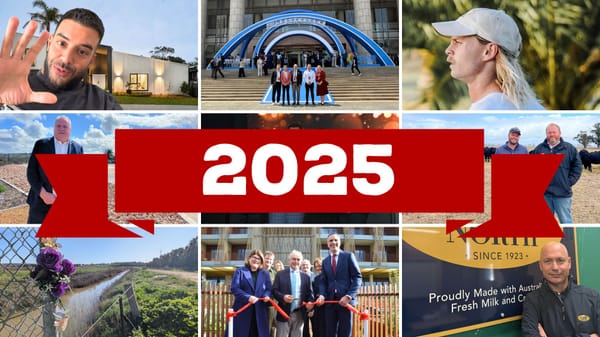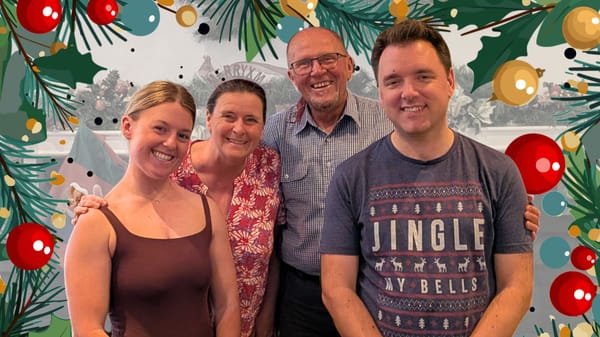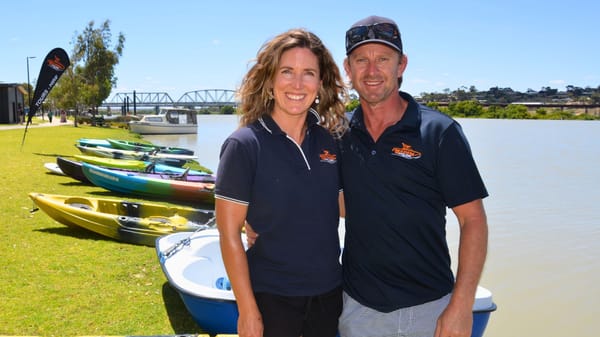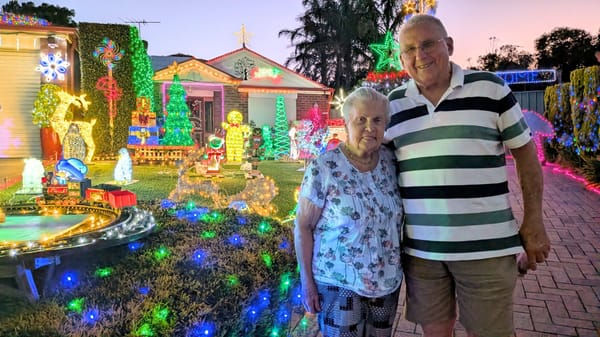New thinking is needed to combat Murray Bridge's 10 per cent unemployment rate
Employers need to find new ways of recruiting if they want to be part of the solution, employment facilitator Christine Willersdorf says.

This story was originally published behind Murray Bridge News’ paywall. Paywalled stories are unlocked four weeks after publication. Can’t wait that long? Subscribe here.

The COVID-19 pandemic has pushed Murray Bridge’s unemployment rate above 10 per cent for the first time in almost five years.
Almost 1100 people were looking for work locally at the end of 2020, according to National Skills Commission estimates published last week.
Combined with a $100-per-fortnight drop in the rate of unemployment payments on April 1, when a temporary coronavirus supplement ended, the figures painted a grim picture of the local jobs market.
But Murray and South East Employment Facilitator Christine Willersdorf thinks there is hope for jobseekers – if employers are willing to change their recruitment practices.
The Bridgeport Hotel had shown the way forward in recent weeks, she said, by holding an information session for people interested in applying for work, setting out its expectations for employees, and agreeing to put successful applicants through a pre-employment training program with the promise of a job at the end.
More than 130 people attended the information session, more than 60 were offered jobs, and 40 started training in hospitality at Murray Bridge’s TAFE campus this week.
Not every employer was in a position to hire so many people at once, she said; but giving jobseekers something concrete to aim for was more effective than merely adding another line to their resumes.
It was better to lift people up than point a blaming finger.
“If we continue doing what we’ve been doing, we’re going to have problems,” she said.
“(Jobseeker recipients) are not all dole bludgers – 75 to 80 per cent of them want to work, but they don’t have the resilience, they don’t want employers yelling at them.”
There was work available in the Murraylands, she said; but jobseekers needed to be given the skills and motivation to do it.
“What do we need to do as a community and as employers?” she asked.
“We’ve got a high unemployment rate, but not all of those people are unemployable.
“If these are they barriers they face, what can we do to overcome them?”
The formation of a new Murraylands Industry Leaders Network in February had advanced that conversation, she said, though there was more to be done.
During 2020, the unemployment rate also went up in all neighbouring council districts – the Coorong, Mid Murray, Alexandrina, Mount Barker and Karoonda East Murray – though none of them started from such a high base.
The National Skills Commission’s estimates were based on Australian Bureau of Statistics labour force surveys and Centrelink payment statistics, and averaged out over four quarters.
The next batch of figures, due for release in July, will give a fuller picture of the effect of the COVID-19 pandemic.
- More information, contact Christine Willersdorf: www.dese.gov.au.





